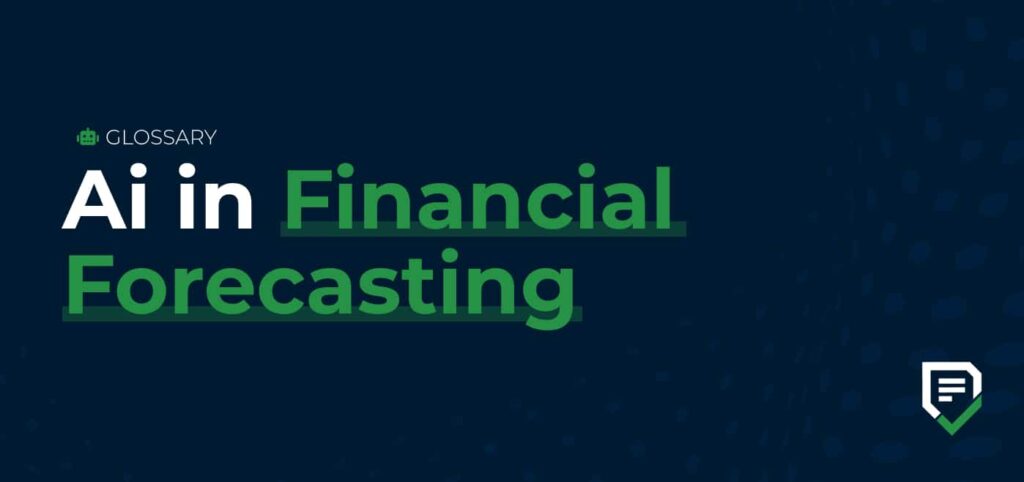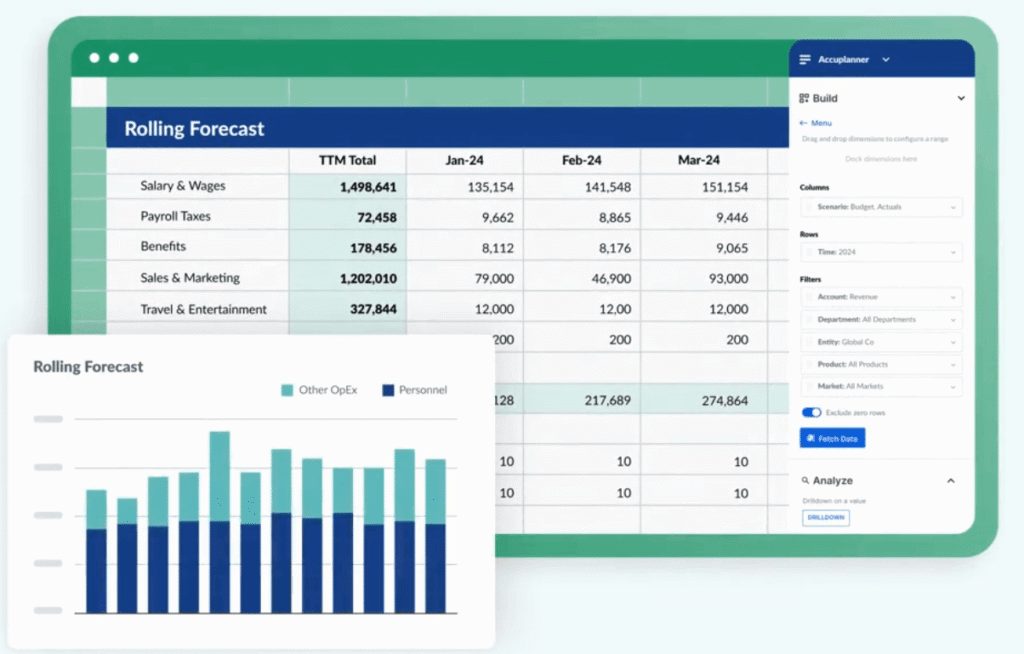In the modern business world, data is gold—but only if you know how to use it. The rise of artificial intelligence (AI) has revolutionized how businesses handle data. No longer limited to static reports and Excel spreadsheets, companies are now tapping into AI-powered business analytics tools that turn raw data into smart, actionable insights.
This article explores the best AI tools for business data analysis in 2025, offering comparisons, real-world applications, and expert insights to help you make the best decision for your team or organization.
Introduction to AI-Driven Business Analytics
AI in business analytics refers to using machine learning, natural language processing, and automation to extract insights from large datasets. These tools don’t just show you what happened—they predict what will happen and even suggest what to do next.
With today’s fast-paced markets and increasing data complexity, relying on manual analysis is no longer feasible. AI tools enable businesses to:
- Forecast trends
- Detect anomalies
- Optimize operations
- Make confident, data-backed decisions
Key Features to Consider in AI Analytics Tools
When evaluating analytics platforms, keep an eye on these core capabilities:
- Predictive Modeling: Forecast future trends, revenue, or customer behavior.
- Natural Language Queries: Ask questions like “What was the top-performing region last quarter?” and get instant answers.
- Automated Reporting: Generate summaries, charts, and dashboards without manual intervention.
- Seamless Integration: Work smoothly with CRMs, ERPs, cloud storage, and data lakes.
- User-Friendly Interface: Ensure non-technical users can access insights with ease.
Tool 1: Microsoft Power BI + Copilot AI
Why It Stands Out:
Power BI now includes Copilot AI, a generative assistant that answers business questions, writes formulas, and auto-generates visualizations.
- Key Features: Excel-like environment, smart visual suggestions, deep Microsoft 365 integration
- Ideal For: Enterprises already using Microsoft ecosystem
- AI Power: Natural language analysis and DAX formula generation
Tool 2: Tableau with Einstein AI (Salesforce)
Why It Stands Out:
Einstein AI brings predictive analytics and CRM-driven insights directly into Tableau dashboards.
- Key Features: Real-time data sync with Salesforce, predictive trends, user-friendly UI
- Ideal For: Sales, marketing, and operations teams
- AI Power: Smart recommendations, pattern recognition, anomaly alerts
Tool 3: IBM Cognos Analytics with Watson
Why It Stands Out:
IBM Watson adds natural language storytelling to visual dashboards—explaining insights in plain English.
- Key Features: Smart forecasting, conversational interface, robust enterprise support
- Ideal For: Finance, insurance, and regulated sectors
- AI Power: AI-generated narratives and deep statistical modeling
Tool 4: Google Looker + BigQuery ML
Why It Stands Out:
Looker combined with BigQuery lets users build, train, and deploy ML models directly in the cloud.
- Key Features: Fully cloud-native, SQL-based, real-time metrics
- Ideal For: Startups, data teams using GCP
- AI Power: BigQuery ML for predictive analytics and segmentation
Tool 5: ThoughtSpot Sage
Why It Stands Out:
Ask your data questions like you’re using Google—no SQL required.
- Key Features: GPT-powered queries, instant insights, dynamic visualizations
- Ideal For: Cross-functional teams and executives
- AI Power: Conversational analytics and decision intelligence
Tool 6: Qlik Sense + AutoML
Why It Stands Out:
Qlik’s AutoML lets business users build and deploy predictive models—no data science degree needed.
- Key Features: Associative data engine, smart alerts, embedded analytics
- Ideal For: Mid-sized enterprises with diverse data sources
- AI Power: Predictive modeling, churn forecasting, what-if analysis
Tool 7: Sisense Fusion AI
Why It Stands Out:
Built for embedded analytics, Sisense brings AI-powered insights directly into your applications.
- Key Features: Real-time dashboards, white-label support, IoT data ingestion
- Ideal For: SaaS providers, OEMs, logistics
- AI Power: Predictive analytics and signal detection at scale
Tool 8: Zoho Analytics + Zia AI
Why It Stands Out:
Affordable and efficient, Zoho Analytics is perfect for small and growing businesses.
- Key Features: Self-service BI, AI alerts, mobile dashboards
- Ideal For: SMBs and solopreneurs
- AI Power: Zia AI assistant for natural queries and trend predictions
Tool 9: Yellowfin BI
Why It Stands Out:
Focuses on data storytelling with smart narratives and beautiful dashboards.
- Key Features: Signal detection, timeline reports, embedded storytelling
- Ideal For: Analysts and communicators
- AI Power: Insight discovery and alert automation
Tool 10: Tellius Decision Intelligence
Why It Stands Out:
A modern search and AI-powered decision intelligence platform designed for non-tech teams.
- Key Features: No-code data exploration, root cause analysis, auto-insights
- Ideal For: Strategy teams and cross-functional leaders
- AI Power: Forecasting, anomaly detection, driver analysis
Use Cases by Industry
| Industry | AI Use Case |
|---|---|
| Retail | Sales forecasts, inventory optimization |
| Finance | Fraud detection, risk modeling |
| Healthcare | Patient outcome prediction, resource optimization |
| SaaS | Churn prediction, customer segmentation |
Benefits of AI in Business Analytics
- Real-Time Decision-Making: Insights are delivered instantly as data changes.
- Improved Accuracy: AI reduces manual errors and human bias.
- Scalable Intelligence: Works across departments and regions simultaneously.
- Empowers Teams: Non-technical users can access and act on insights independently.
Common Challenges in AI Analytics Adoption
- Data Silos: Disconnected data sources hinder performance
- Learning Curve: Users need training on new interfaces and AI features
- Security & Compliance: Data privacy must be managed carefully
- Vendor Lock-In: Proprietary platforms can limit flexibility
Conclusion
AI analytics tools are reshaping how businesses make decisions in 2025. Whether you need real-time dashboards, predictive models, or plain English answers to complex questions, there’s a solution tailored to your needs.
To pick the best AI analytics tool:
- Define your goals
- Evaluate integrations
- Test user-friendliness
- Prioritize support and scalability
With the right tool in hand, you’ll turn raw data into your business’s smartest asset.


